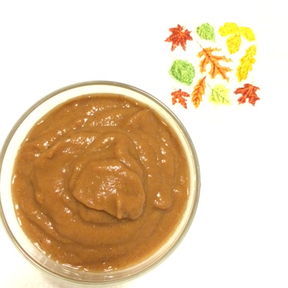 It's pretty obvious how excited I get for the Annual Farm Crawl, and I get equally excited for the aftermath too. I spend weeks using my farm fresh apples in a variety of recipes, some new some old. One sweet treat I always make is applesauce in the slow cooker. It's easy, delicious and quite nutritious for a snack or a side. The slow cooker is a staple in my kitchen simply because of its simplicity. For most of us our days are extremely busy running around from one place to the next. A slow cooker allows you to minimally prep for a meal and leave it to cook while you're taking care of business, only to return for ready to be deliciousness. I literally took ten minutes, threw all of the ingredients in the pot, pressed the on button, went to bed, and woke up to chunky applesauce. Okay, so maybe I didn't sleep enough this night but rising to smell of sweet apples, cinnamon and ginger drifting through the house made getting up earlier much easier. ;)
1 Comment
and Apple Quinoa Porridge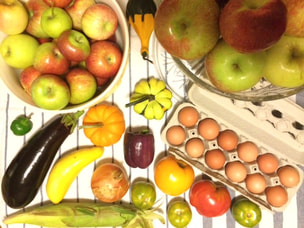 The one thing that makes the end of summer acceptable for me is the Annual Farm Crawl my friends and I do each fall. This tradition warms my heart because not only do I get to escape the city for a day and play in nature but one of my best friends (who's also my go to eating buddy) flies in from Los Angeles and we girls spend the whole day catching up. Plus, I know I'll be spending a lot of time in my favorite room, the kitchen, baking amazing apple treats and cooking delectable dinners while fueling my body in the most healthful, nourishing way. I mean, just look at the loot I brought home!! 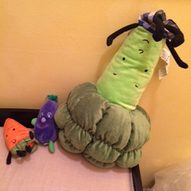 All last month I was swamped (but very happily swamped) with work for National Nutrition Month. On top of the full-time job at the hospital, I was creating and presenting lectures to students ranging from kindergartners to high school seniors and teaching them about healthy eating habits and the importance of starting now. I LOVE teaching! Opening minds to new ideas and getting people to really think about how ‘you are what you eat’ is very rewarding and also hopeful that the newer and current generations will start making smarter choices and rates of obesity and related health conditions will start to decline. 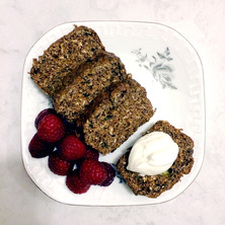 February was National Heart Month and March is both National Nutrition Month AND National Colorectal Cancer Awareness Month, so eeeeeverybody is talking about fiber fiber fiber! But why??? Because most of us are lacking it in our diets! It’s recommended that women get at least 25 gm per day and men at least 38 gm per day (a bit less for both if you’re over 50 years of age), however, the average American diet only includes about 15 gm of fiber per day (1). 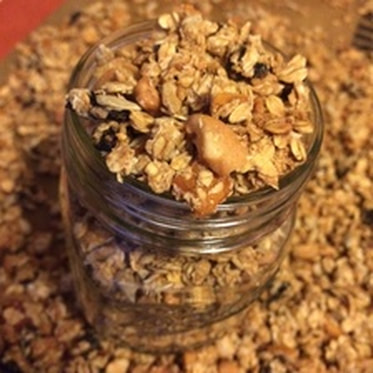 February is American Heart Month, raising awareness about heart disease, the leading cause of death for both men and woman: 1 out of 4 deaths (1)! Heart disease includes conditions such as atherosclerosis (when arteries become clogged due to plaque build-up) that can result in coronary artery disease and ultimately cause heart attacks, heart failure and strokes by obstructing the flow of oxygen and blood to the rest of your body (1,2). What causes plaque build up? It’s mainly low-density lipoprotein (aka LDL aka ‘bad’ cholesterol) mixed with fat, calcium and other miscellaneous materials found in your blood (1,3,4). |
Maxine Yeung
|
|
©2013-2024 The Wellness Whisk, LLC. Information provided here is not meant to diagnose or treat any health condition or override any information presented by your individual medical providers. Please use your judgement and take a personalized and sensible approach to your health. All rights reserved.
|
thewellnesswhisk@gmail.com
|


 RSS Feed
RSS Feed